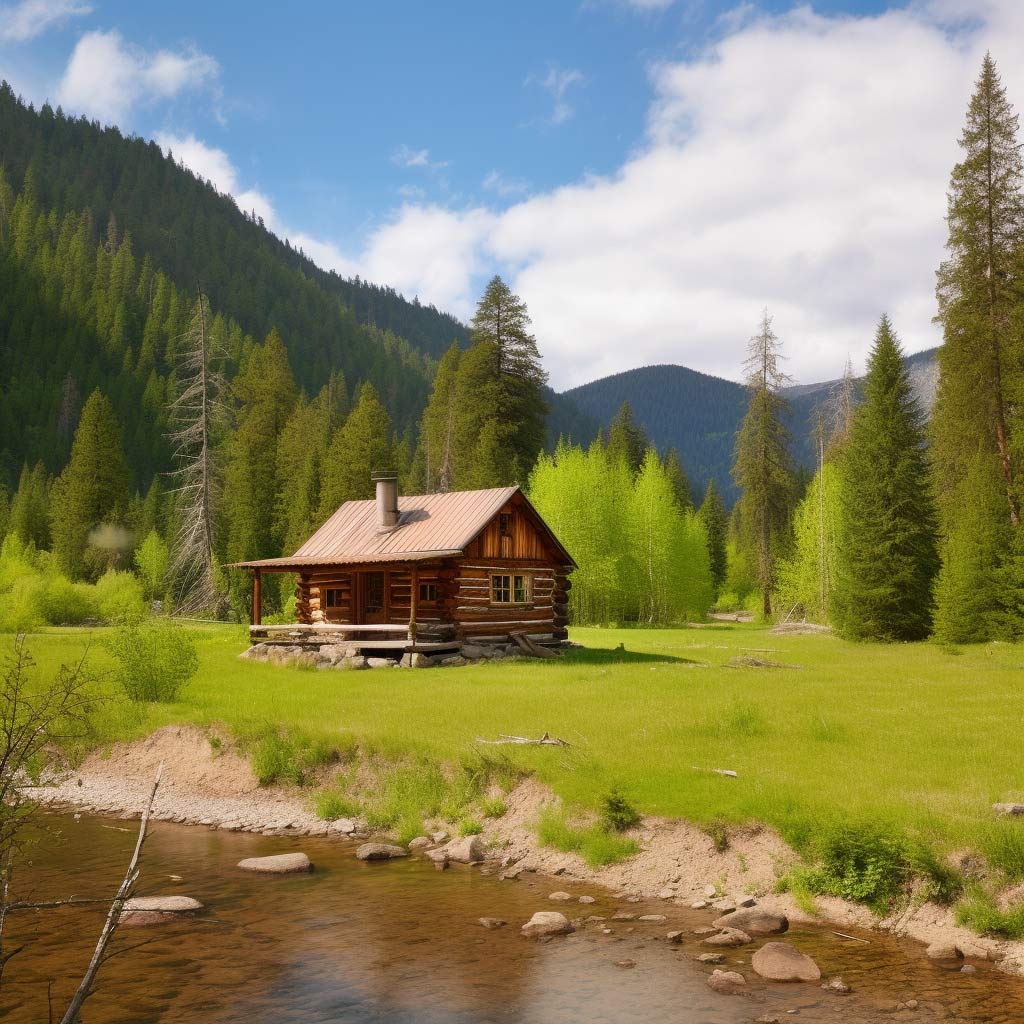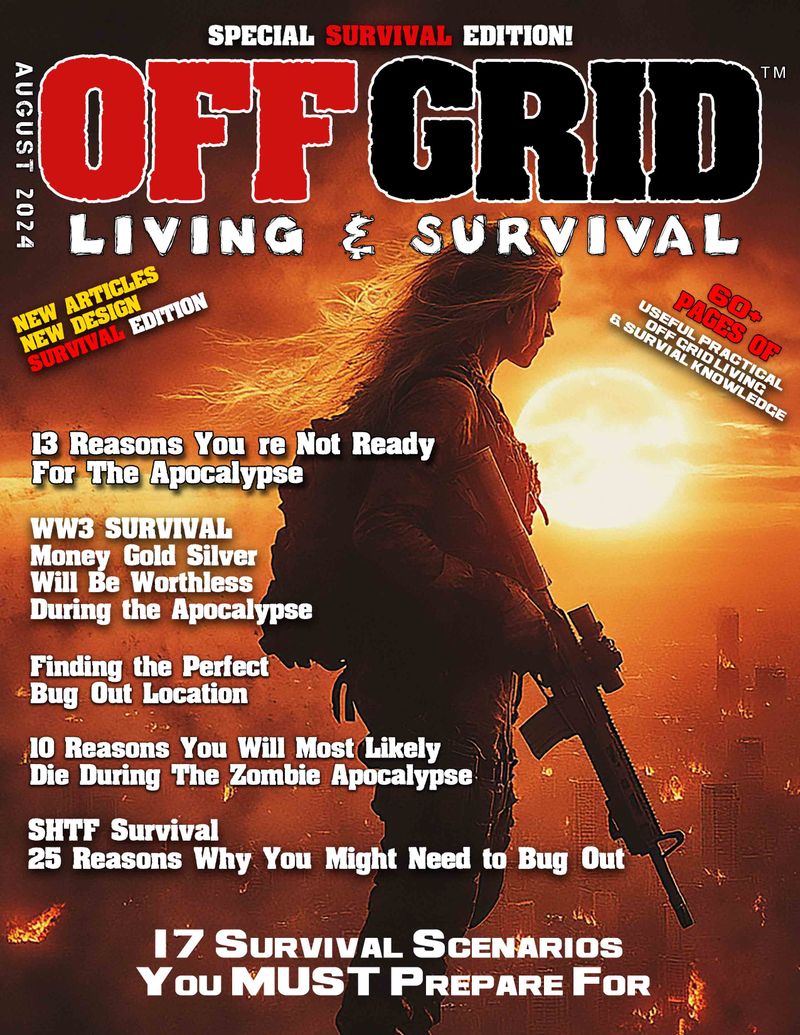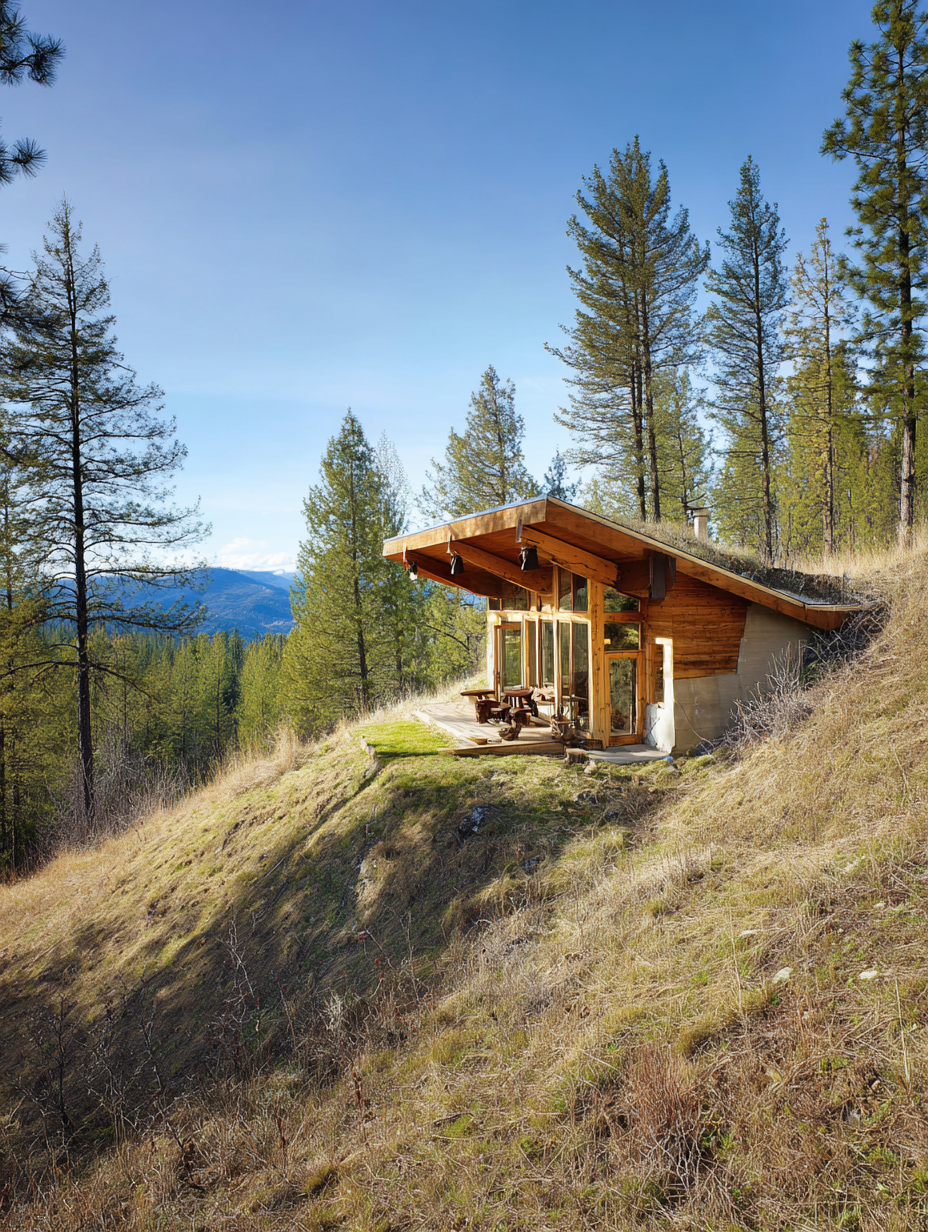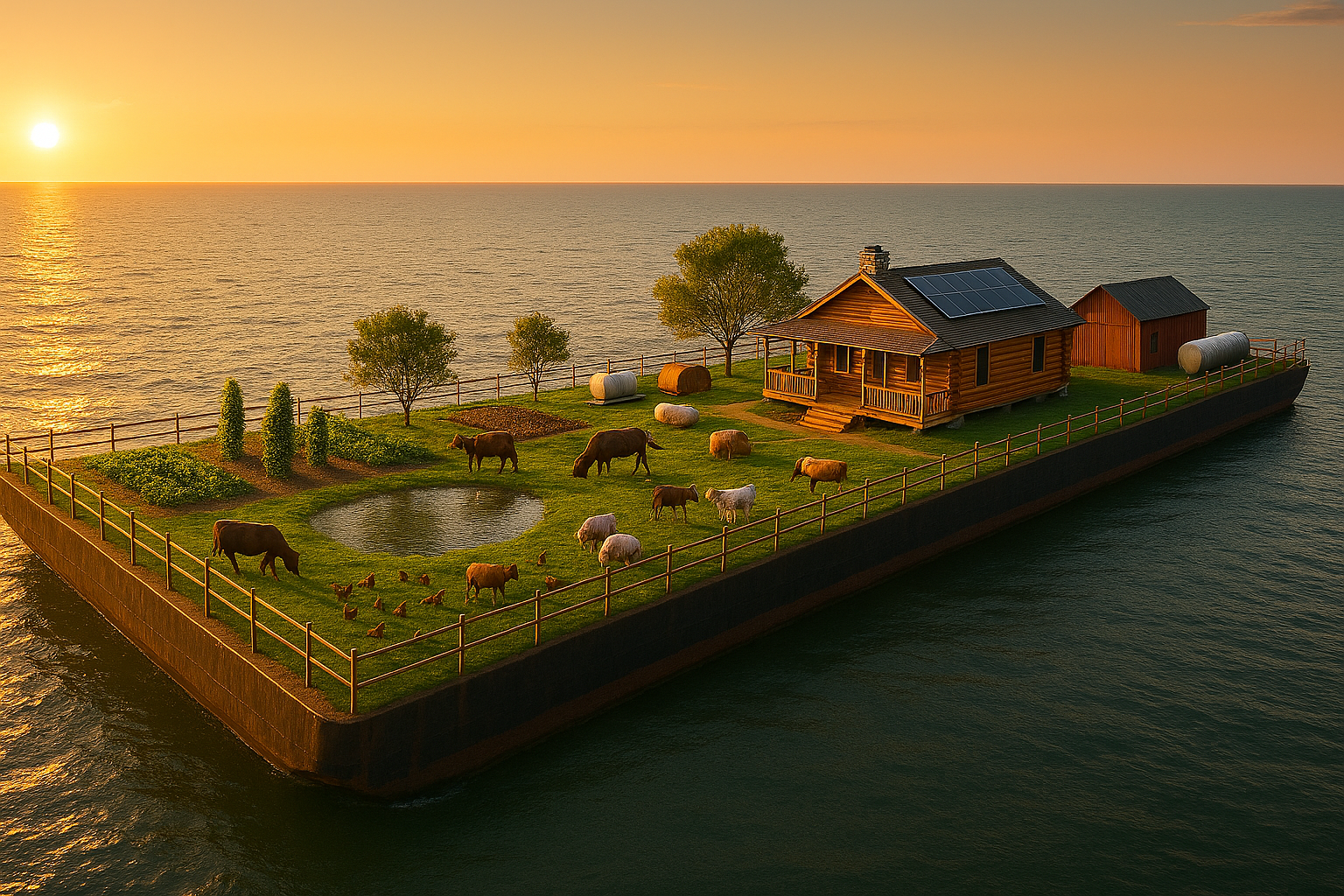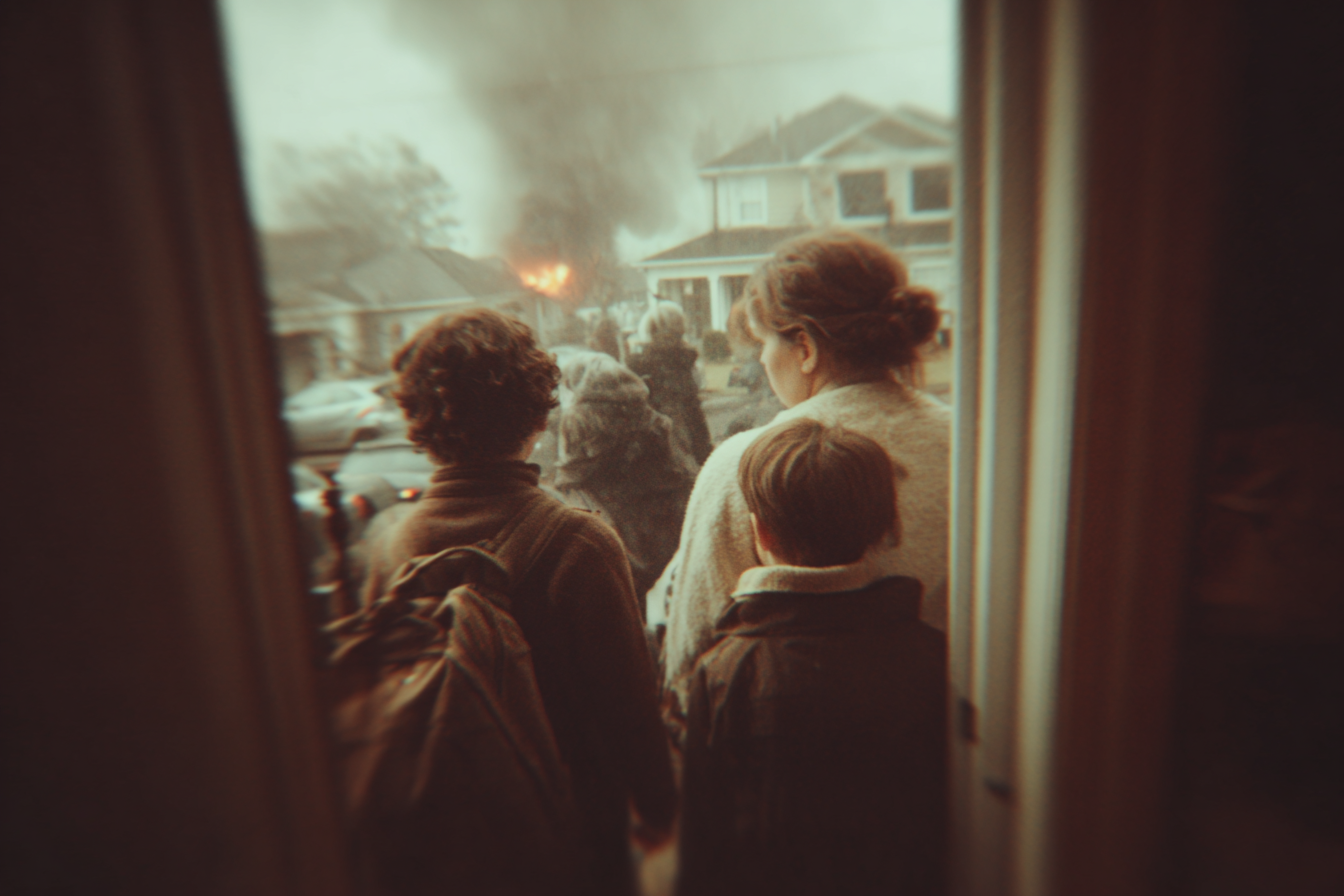This article will give you some basic tips and tricks to finding a nice parcel of land for living off the grid. There are a few key things to look for when making a land purchase, and always do your due diligence. Do a title search, have the water tested, inquire about the area, make sure it’s not in a flood zone, or if it is possible to build on the land without some kind of variance from the city planning office. There are certain building code and zoning issues to consider and local, state and federal regulations that must be followed or you will be opening yourself up to liabilities and future problems that could turn what you thought was your dream property into a nightmare. To avoid all that, here are some basic land buying tips that I think most people should know.
NOTE: This is a multi-part series about how to find and purchase off grid land. Subscribe to our Off Grid Newsletter for updates when there’s a new post published on the site.
Does the land have physical (year-round) access?
You’d be amazed at all the properties out there that are land-locked parcels. Meaning there is no physical access to the property because it’s surrounded by other private land and there are no easements. So if you find a “perfect piece of land” in the perfect area and it’s very inexpensive, likely that low price is too good to be true for a reason. The most common is that the land could be in a flood plain, there’s a moratorium on building in the area, or worse, the parcel is land-locked with no physical access. Meaning a legal battle with the neighboring landowners to get them to agree to an easement.
Aside from the legal issues involved with getting an easement or making sure a solid easement or access driveway or road direct to your property exist, the next question is, is that road/driveway accessible year-round? In northern states (USA) is snows, and the roads at higher elevations could become impassable. So either A) you won’t be able to access the property, or B) you could easily be snowed in in winter time if the road becomes inaccessible and unusable because it’s iced over and covered in snow.
In other areas spring/summer floods could wash out the roads and driveways leaving the property inaccessible, or you stranded on your property.
Make sure your property has good access.
Does the land have LEGAL access?
Physical access and legal access are completely different things. Legal access is an easement built into the legal plat registered with the county/state where the property boundaries meet the easement and the use for such easement, as in access to the property, like a road, driveway, or an shared road/driveway between two pieces of private property. And though legal easements for access to the property give you LEGAL access to the property, a bad neighbor who resents new neighbors or being forced into providing an easement on part of their land might block the easement with a gate or some other physical obstruction. It happens. Arguments happen, legal battles happen.
Does the land pass a perc test and water test for septic and well?
A septic system is a must and can become a very expensive part of the build of your off grid property. If the county you’re building in is popular it’s likely there are stringent restrictions on getting your property tests for the installation of a septic system, and sometimes you cannot build the septic system yourself and will have to hire it out toa licensed contractor depending on the county/state your land is in.
Make sure you can drill a well, or better yet find a property that already has a well drilled or natural water sources like a river or stream, lake or spring.
Does the land have the materials you need on it to build your off grid cabin?
If you’re planning on building your own log cabin from the materials you find on the property you’re going to need to do your homework and find out if it does. Walk the property, how large is the property. Are there enough trees and rock and mud/clay to build your log cabin without clearing the land completely? Which means the property should be at least 10-20 acres with half of that being forested or have a large number of good trees for building.
Rock and clay have been used in building homes ever since humans first started migrating from Africa. There are a myriad types of shelters, huts, shacks, cabins, and houses built from rock and clay, cob houses, from mud and clay and cow dung mixed with straw. There are adobe houses built with clay brick fired in the desert sun. And your traditional quintessential ubiquitous log cabin, which I think most off gridders and homesteaders really dream of building one day.
Make sure your land has all these things on it to build. It means more work and hard labor for you, but it will save your money in materials. The cost for building a home is about half materials and half labor, give or take some permitting, hookup fees, impact fees etc..
If you don’t have to pay a contractor and build it yourself (according to local building codes of course) then you’re saving a large chunk of money that would normally go to the labor part of the build.
PRO TIP: In my opinion, putting that money you would spend on labor into your own set of tools and equipment for your off grid homestead is the best way to go.
Is the parcel you’re looking to buy large enough to support your family living the off grid lifestyle?
How large is the parcel you’re considering buying? Does it have enough natural resources to live the 100% self sufficient lifestyle most homesteaders dream of, or will you depend on a certain amount of civilization and amenities?
If you’ll be building your own home from the materials on your land, you want a parcel big enough to support that without stripping the land bare. This is at least 10 acres of forest/timbered land in my opinion, maybe 20-40 acres.
If you’re going to build with an architect and use commercial made lumber and purchase all your hardware from Lowes, then you likely only need an acre or two, something big enough for your home, a nice garden, and greenhouse, and maybe a small workshop and barn.
Check your local ordinances for growing your own food and raising livestock!
Many jurisdictions, counties, and city municipalities do not allow you to grow food or garden in your yard.
Is the land in a subdivision with covenants and restrictions? NO HOAs!
Don’t buy land in a subdivision if you can help it. The covenants and restrictions are just more rules on top of the rules the county, state, and federal regulations you have to follow when building your off grid homestead.
Unless the subdivision is specifically designed to be a rural agriculturally zoned off grid type homesteading community then I would avoid it like the plague. And whatever you do do not buy land in a subdivision governed by an HOA because the odds are you will have run-ins with your chairperson or you may even have legal action brought against you for breach of contract etc. HOAs and subdivisions are usually (not always) too restrictive for living the off grid living lifestyle.
Hopefully you find this article helpful.
PART 2 coming soon…
***

